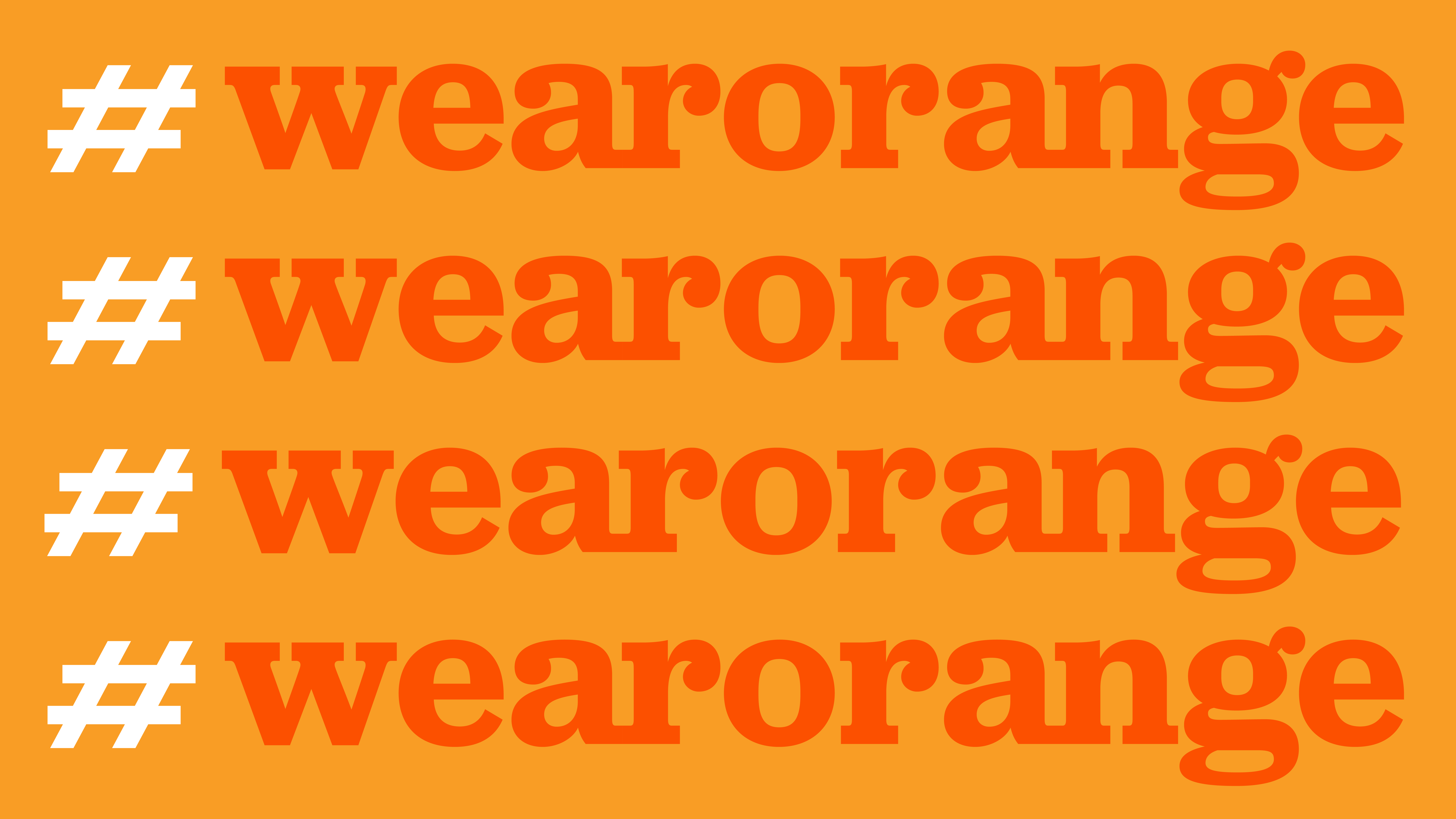Gallery
Photos from events, contest for the best costume, videos from master classes.
 |  |
 |  |
 | |
 |  |
 |  |
 |  |
Wearing orange on St. Patrick’s Day may seem like a deviation from tradition, but it carries a significant meaning that adds depth to the celebration. The color green has long been associated with St. Patrick’s Day due to its connection with Ireland, also known as the “Emerald Isle.” Therefore, on St. Patrick’s Day, Protestants protest by wearing orange instead of green. Ironically, no one wears white; the placement of the white stripe between the green and orange stripes on the Irish flag is supposed to symbolize the peace between the Roman Catholic majority and the Protestant minority. Why do some people wear orange on St. Patrick's Day? The most commonly associated color with the holiday is green, but here's what we know. But not all people wear green on St. Paddy’s Day. Some wear orange. St. Patrick’s Day is a Roman Catholic holiday, celebrating the patron saint of Ireland. It was first celebrated in 1631. According to this increasingly popular tradition, Protestants wear orange and leave green attire to Catholics. Thus, the color you wear actually depends on your religious affiliation. While this Are Protestants supposed to wear orange on St Patrick’s day? Therefore, on St. Patrick’s Day, Protestants protest by wearing orange instead of green . Ironically, no one wears white; the placement of the white stripe between the green and orange stripes on the Irish flag is supposed to symbolize the peace between the Roman Catholic majority To understand why some people wear orange, you first have to understand why people wear green. St. Patrick's Day is a Roman Catholic holiday that was first celebrated in Ireland starting in 1631. The color orange represents the sizable Protestant population within Ireland, and the green symbolizes Roman Catholicism, the religion that originally invented the holiday. Nonetheless, St. Patrick’s Day was co-opted by Protestants, who opted to don their representative orange instead of green for the day. Is it OK to wear orange on St Patricks Day? Catholics [] While most St. Patrick’s Day enthusiasts bust out their green clothing on March 17, there are some who would rather wear orange. The reason has everything to do with religion. To understand why some people wear orange, you first have to understand why people wear green. St. Patrick's Day is a Roman Catholic holiday that was first celebrated in Ireland starting in 1631. T hey say the whole world is Irish on St. Patrick's Day! Or at least, the whole world adopts a certain version of Irish culture. Every March 17, we break out our green clothing and jewelry, wear Why Do Some People Wear Orange—Not Green—On St. Patrick’s Day? You might be used to people wearing green on St. Patrick’s Day, but some sport orange instead. Here’s why. St. Patrick’s Day is filled with rich While most St. Patrick’s Day enthusiasts bust out their green clothing on March 17, there are some who would rather wear orange. The reason has everything to do with religion. St. Patrick’s Day usually conjures images of partying, Catholicism, Irish nationalism and, perhaps most famously, the color green: green clothes, green shamrocks, green beer and green rivers. Wearing orange on St. Patrick’s Day isn’t inherently offensive, but in Ireland and Northern Ireland, it can be seen as a political or religious statement. While green represents St. Patrick and Irish nationalism, orange is tied to Protestant heritage and unionism.
Articles and news, personal stories, interviews with experts.
Photos from events, contest for the best costume, videos from master classes.
 |  |
 |  |
 | |
 |  |
 |  |
 |  |